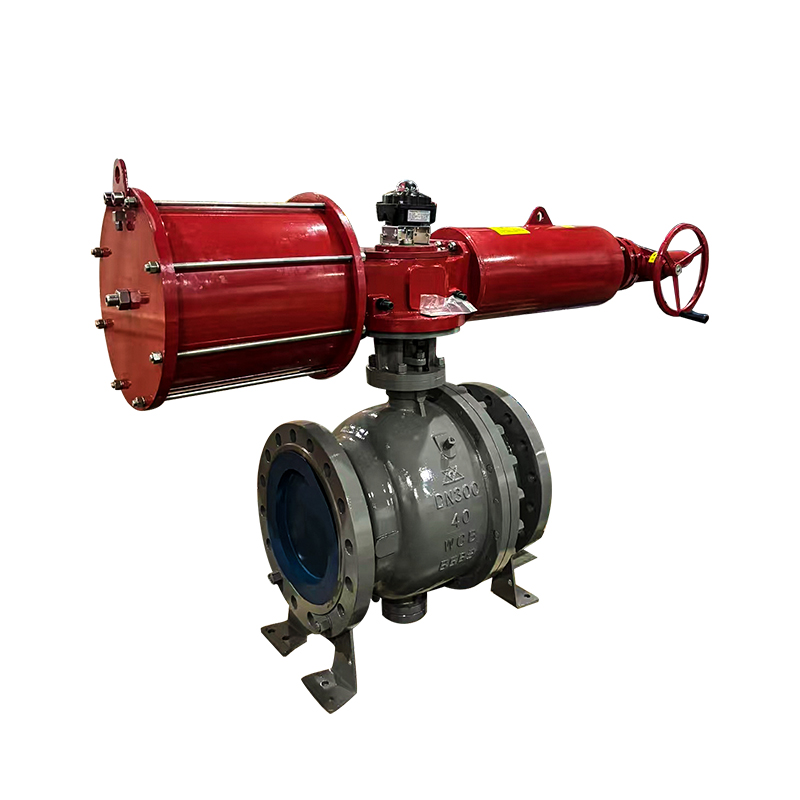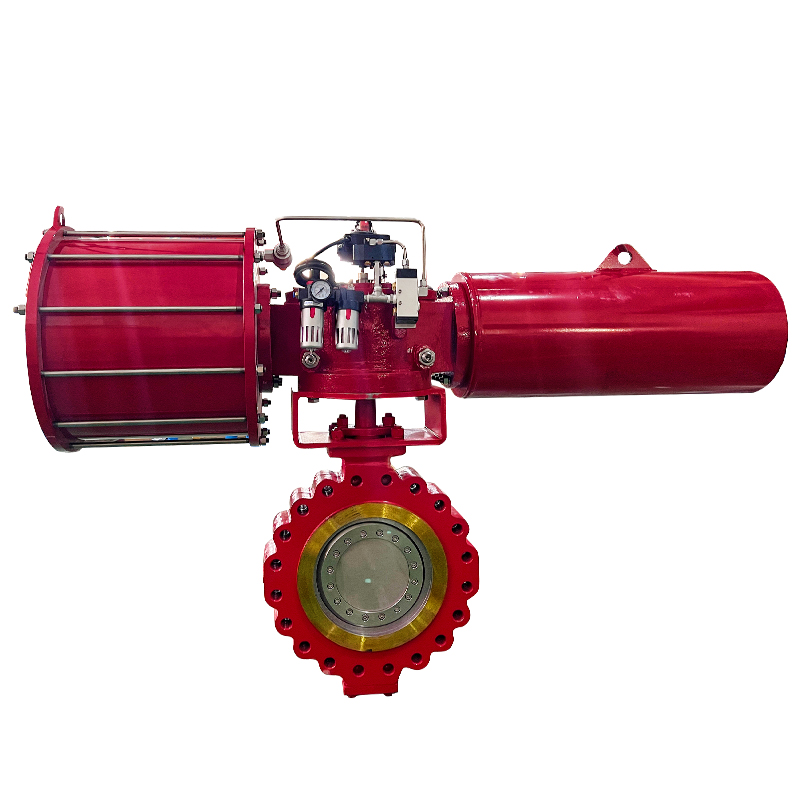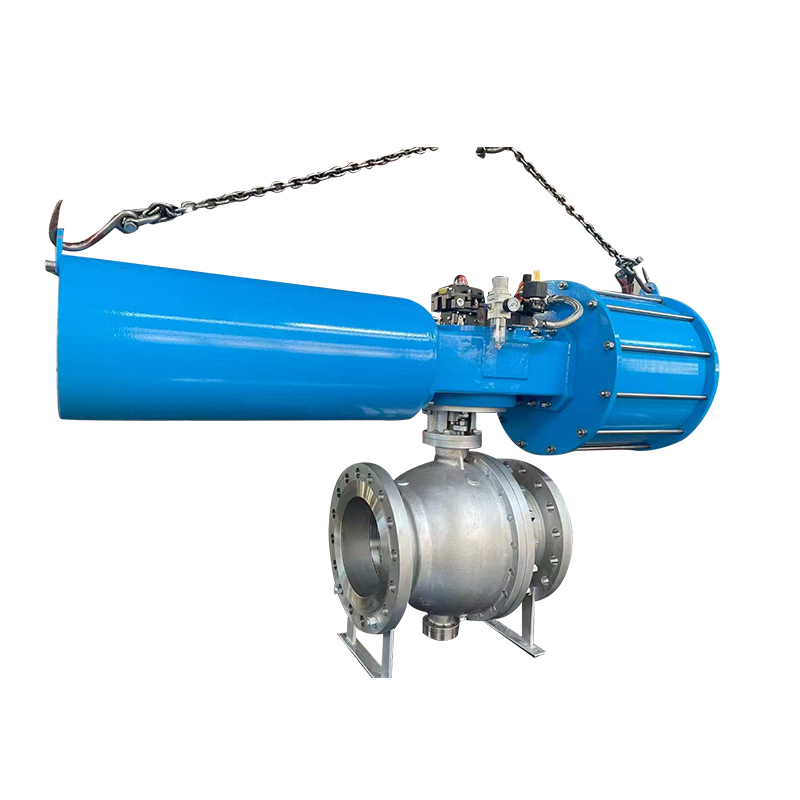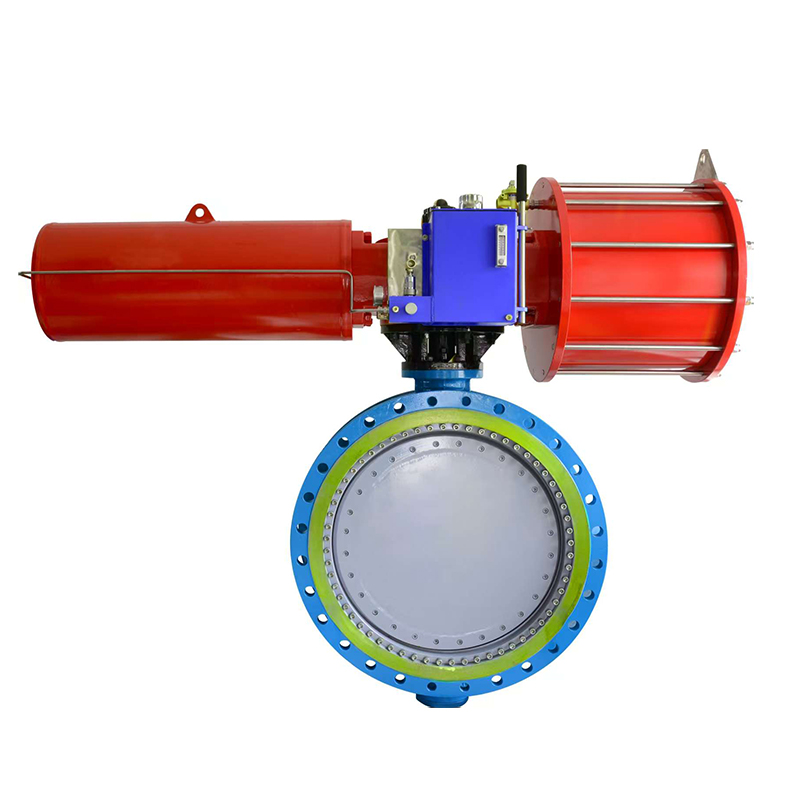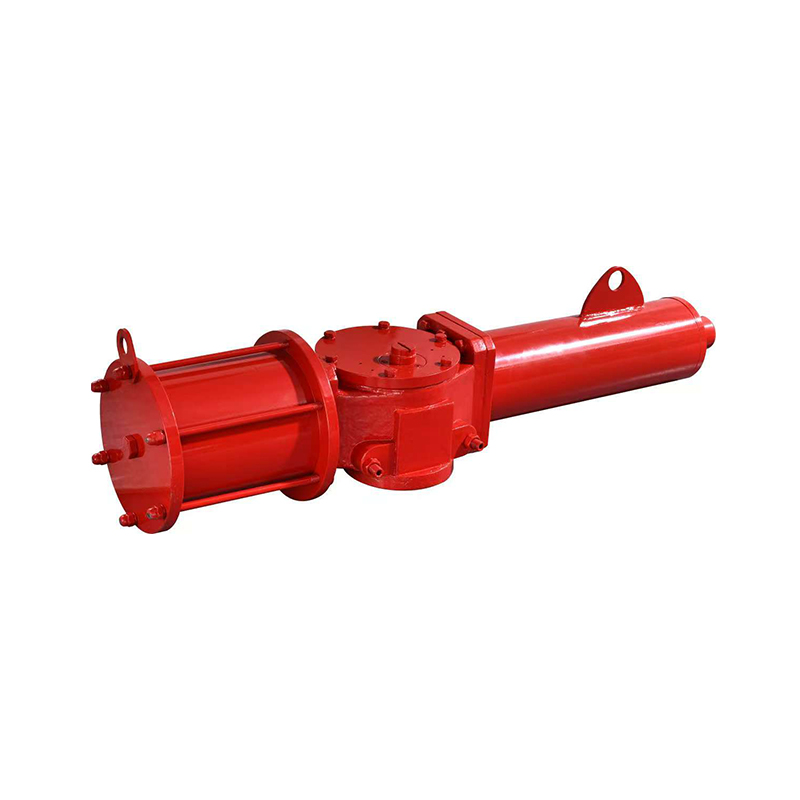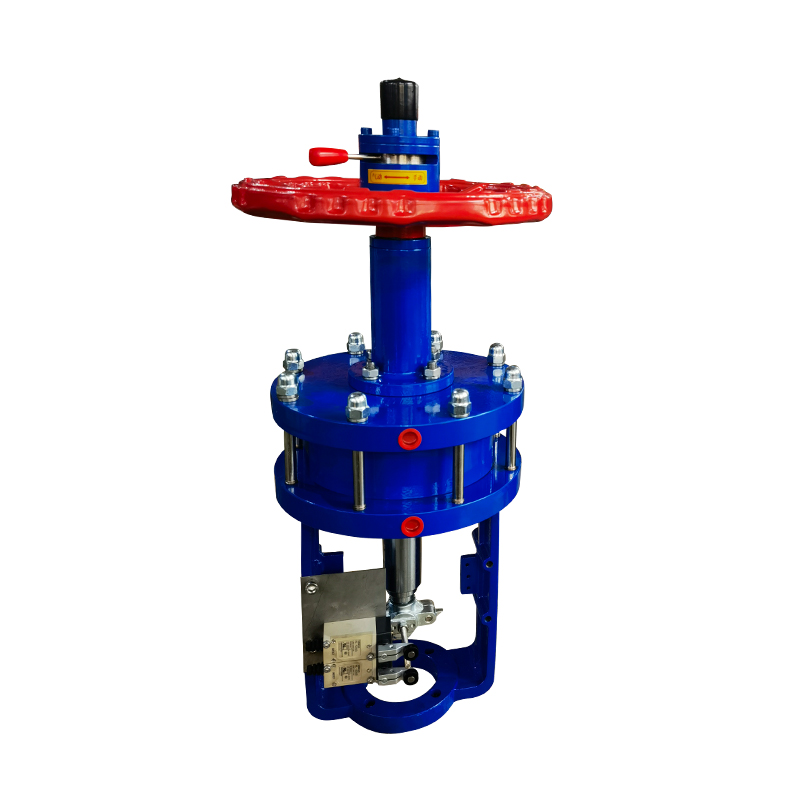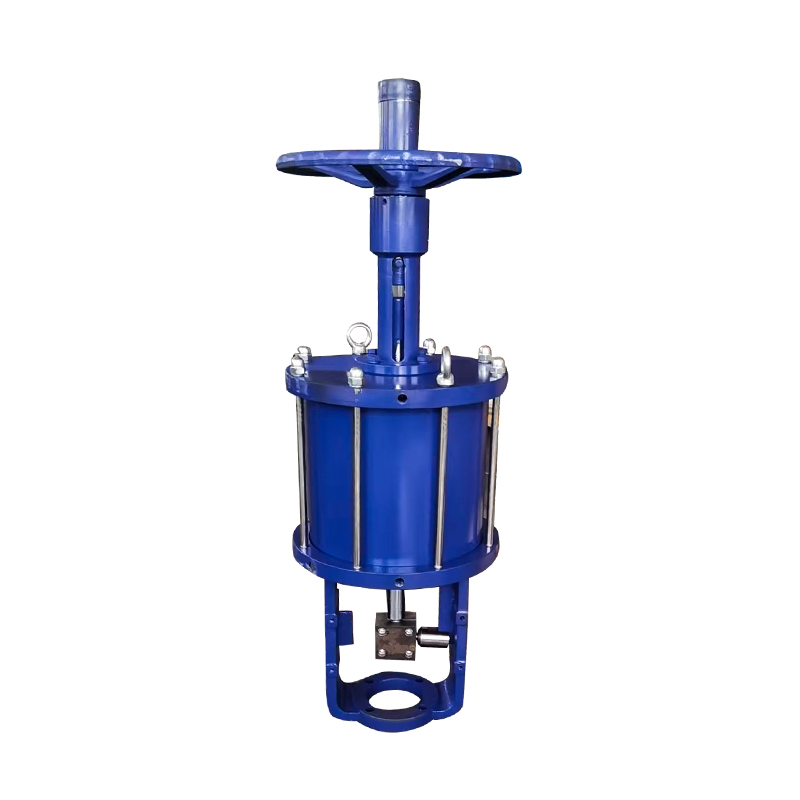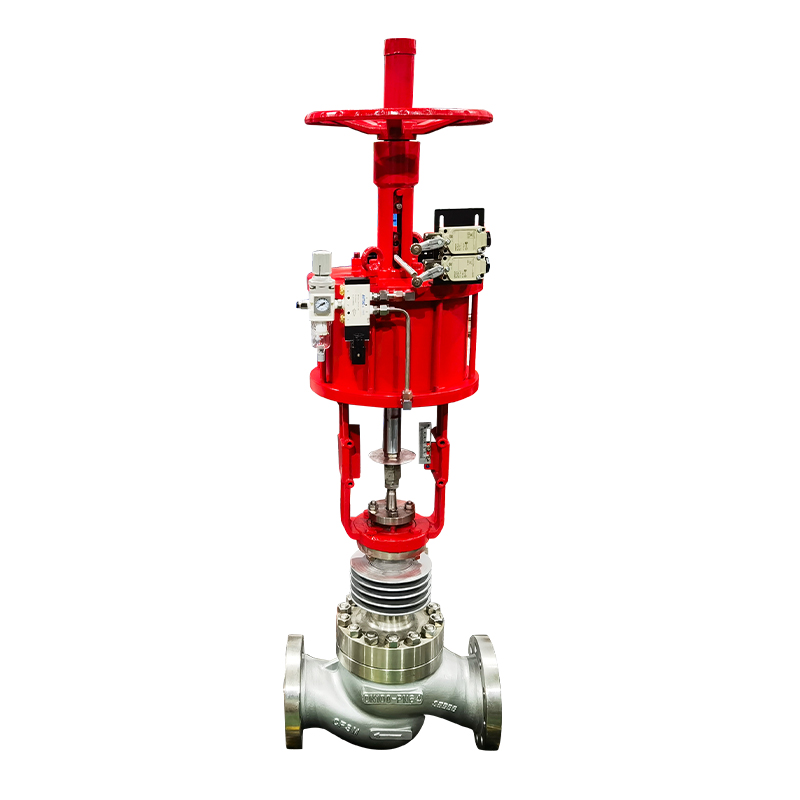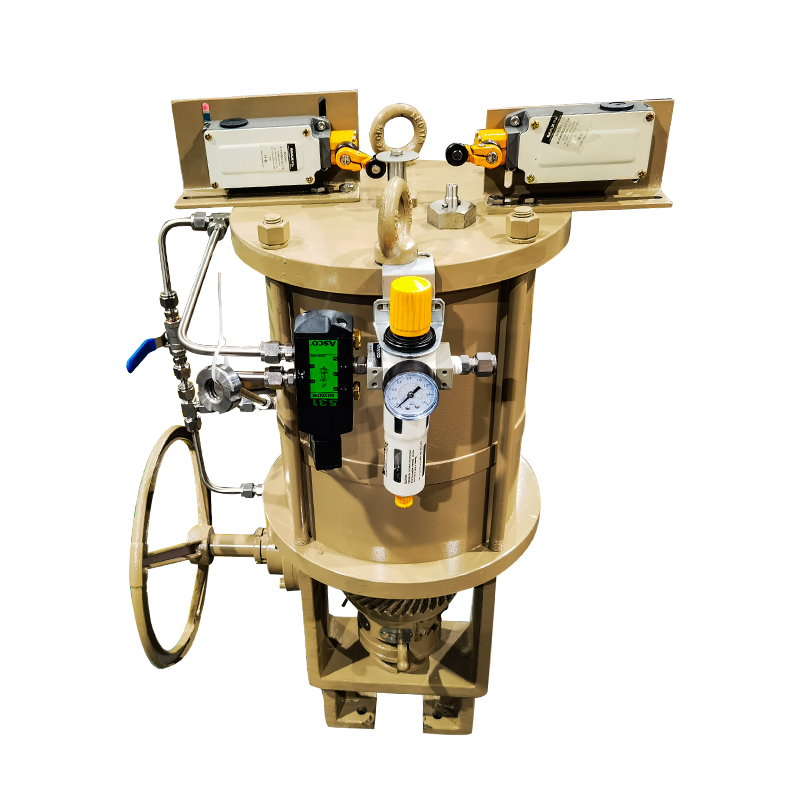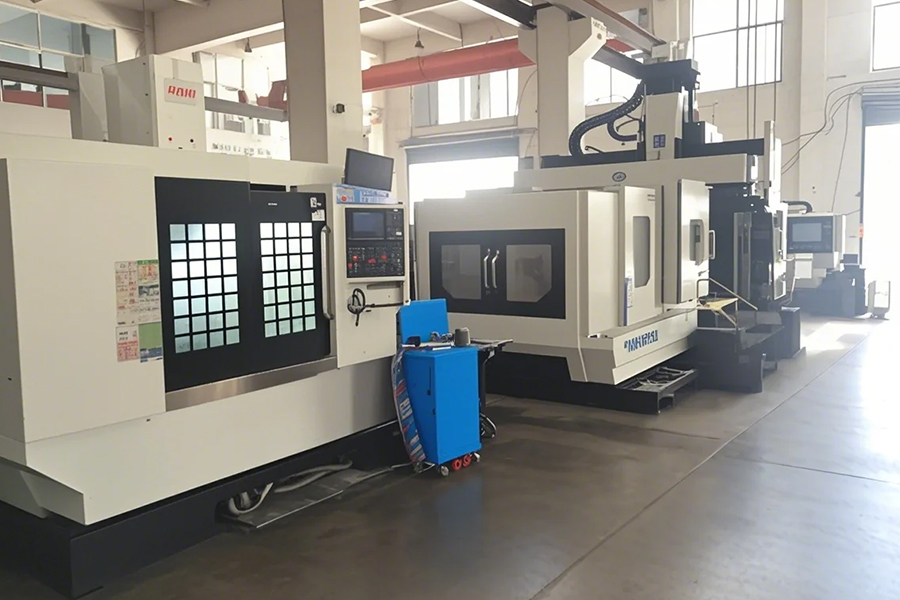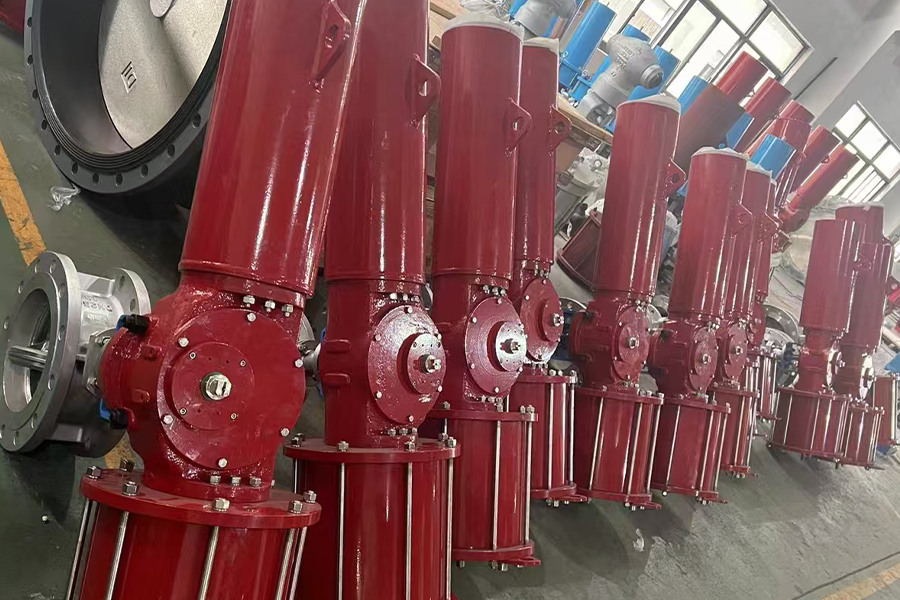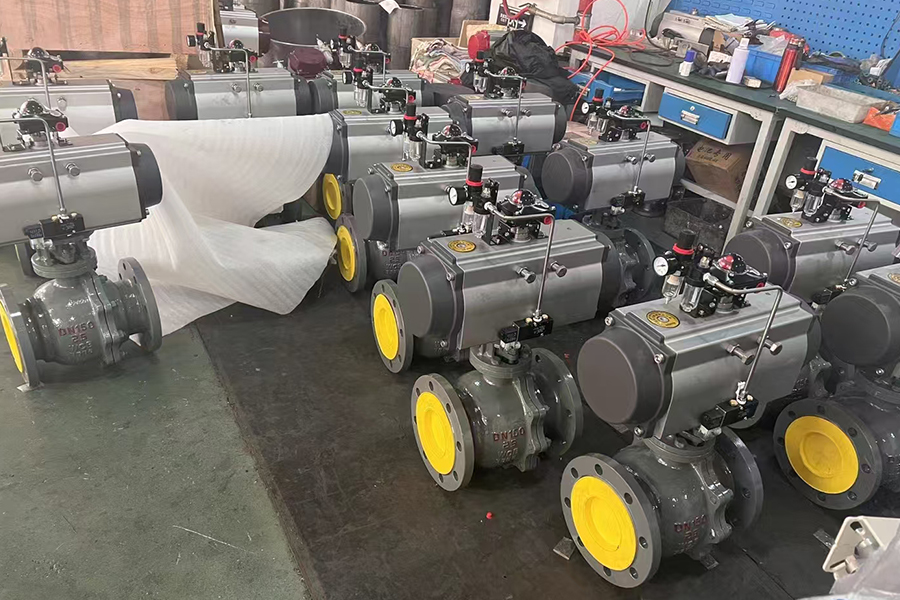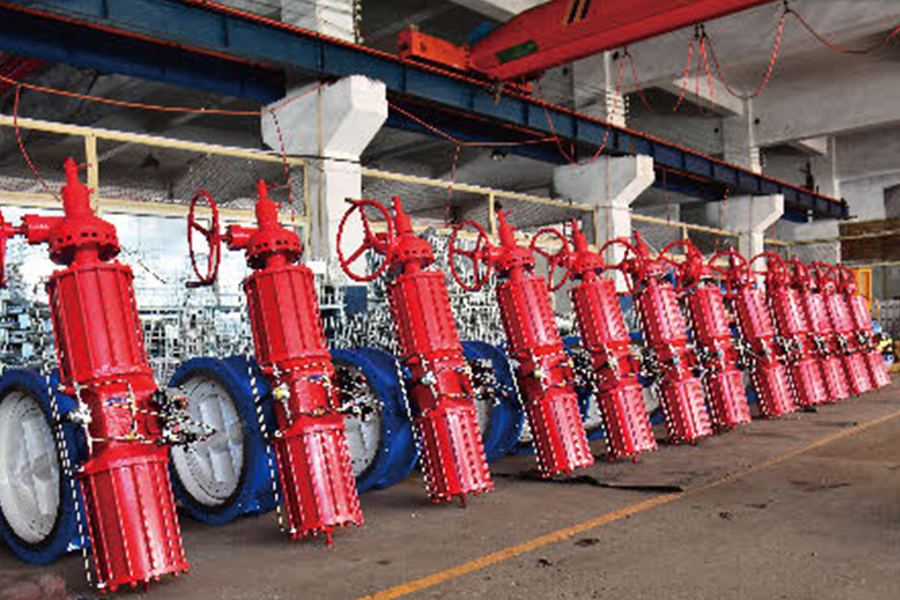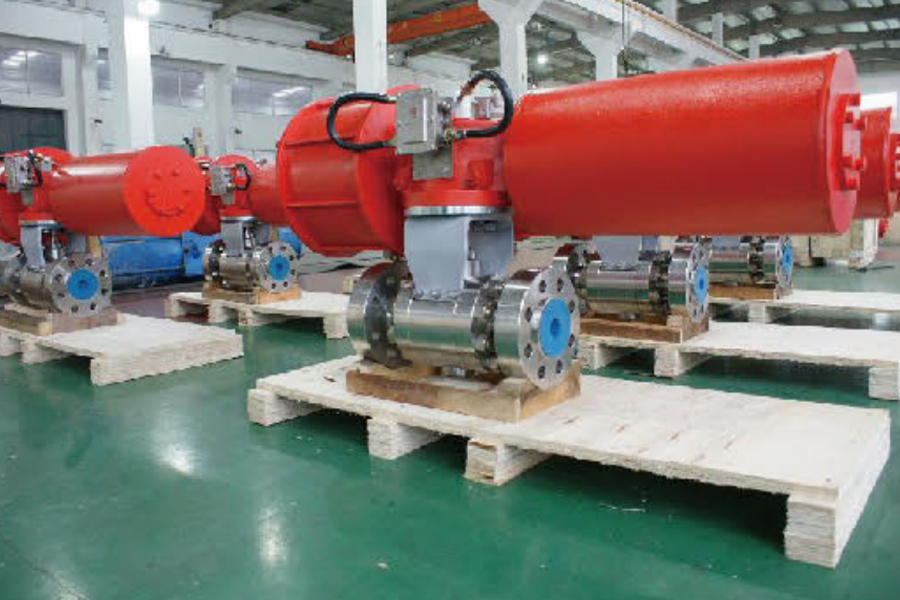Steam control valves are essential components in industrial systems that use steam as a medium for heating, power generation, or process control. Among the different types of steam control valves, the 3-way steam control valve with pneumatic actuator stands out due to its unique design and enhanced operational efficiency.
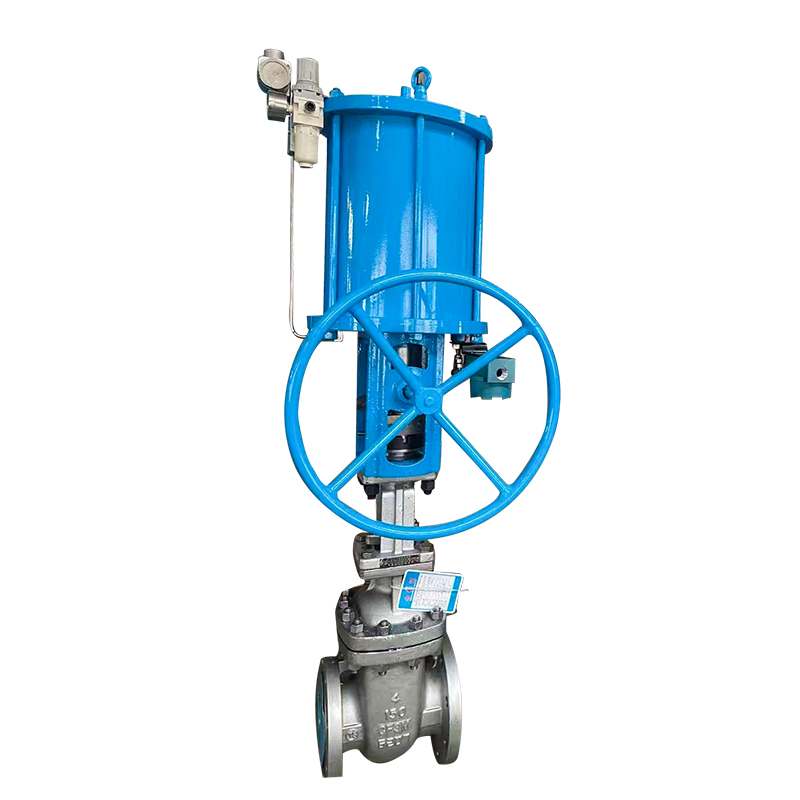
A 3-way steam control valve is designed to control the flow of steam in multiple directions. Unlike traditional 2-way valves that either open or close to control a single flow path, a 3-way valve has three ports: an inlet port and two outlet ports. This configuration allows it to either mix or divert the flow, depending on the valve's position. For example, in steam systems, a 3-way steam control valve can regulate the flow of steam into different areas of a system or mix steam with condensate to maintain the desired temperature and pressure levels.
There are typically two types of 3-way valves: the mixing valve, which combines steam from two different sources into one flow, and the diverting valve, which channels steam from one source into multiple outlets. Both configurations play crucial roles in applications where temperature and pressure regulation are key to system performance, such as in heating systems, industrial boilers, or sterilization processes.
A pneumatic actuator is a device that uses compressed air to operate a valve. It converts the energy from compressed air into mechanical motion, allowing the valve to open or close in response to the required system parameters. When combined with a 3-way steam control valve, a pneumatic actuator offers a significant advantage in terms of precision, speed, and control.
Pneumatic actuators are commonly used in industrial systems because they are reliable, easy to control, and cost-effective. They can be adjusted remotely using control signals, which is essential in modern automated systems. The use of pneumatic actuators in 3-way steam control valves allows operators to achieve real-time control over steam flow, ensuring that the system operates within the desired parameters for efficiency and safety.
Key Advantages of Using 3-Way Steam Control Valves with Pneumatic Actuators
1. Precision and Accuracy:
The integration of pneumatic actuators with 3-way steam control valves enhances the precision of steam flow control. Pneumatic actuators allow for fine adjustments to valve positions, enabling accurate regulation of steam pressure and temperature in different parts of the system. This precision is essential in industries such as food processing, pharmaceuticals, and chemicals, where maintaining exact environmental conditions is critical.
2. Faster Response Time:
Pneumatic actuators provide quick response times when adjusting the valve position. This is particularly beneficial in systems where rapid changes in steam flow are required to prevent fluctuations in temperature or pressure. The quick response time ensures that the system remains stable and operational without significant delays in valve actuation.
3. Remote Operation and Automation:
One of the biggest conveniences of 3-way steam control valves with pneumatic actuators is their ability to be operated remotely. In modern industrial settings, many systems are automated to reduce the need for manual intervention. Pneumatic actuators can be integrated with automated control systems, allowing for remote monitoring and adjustment of the valve. This means that operators can control the flow of steam without being physically present, which increases operational efficiency and safety, especially in high-risk environments.








